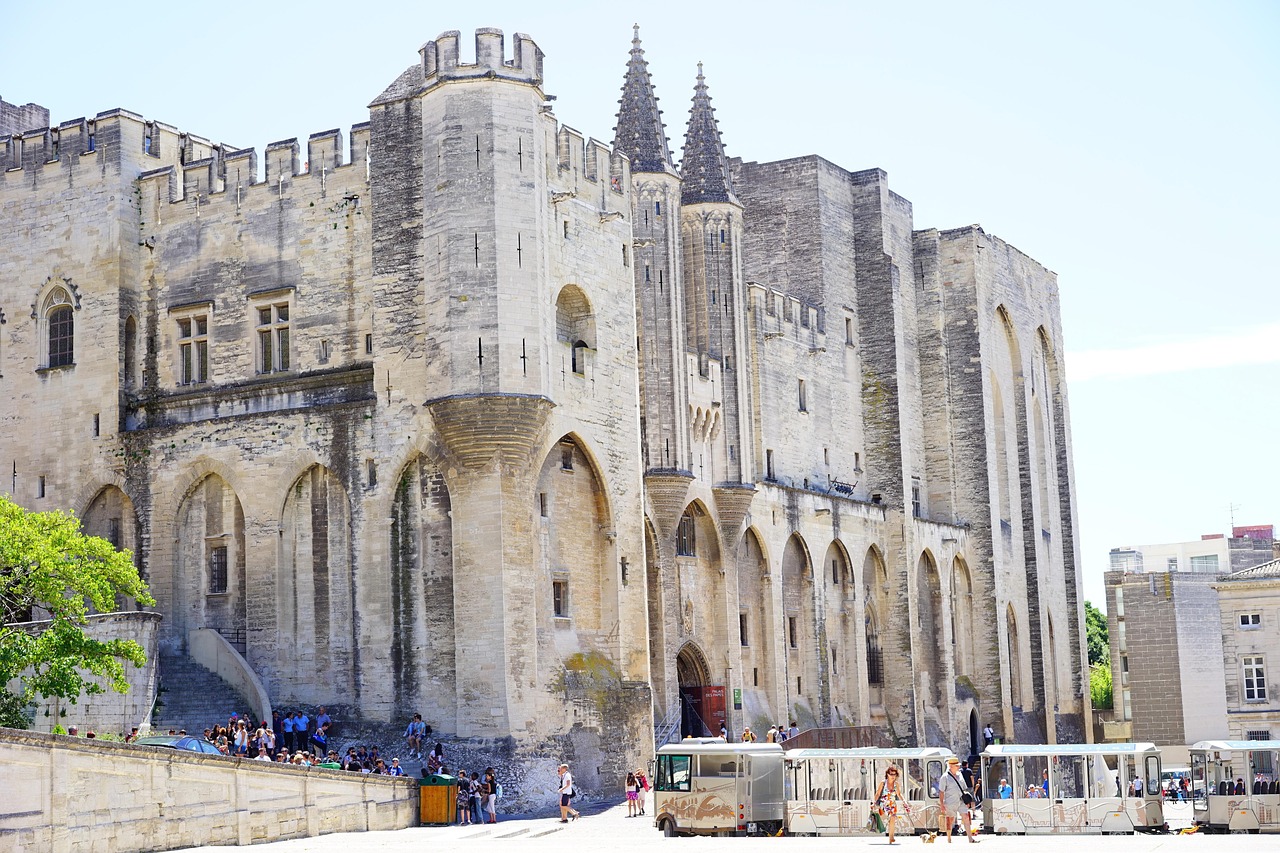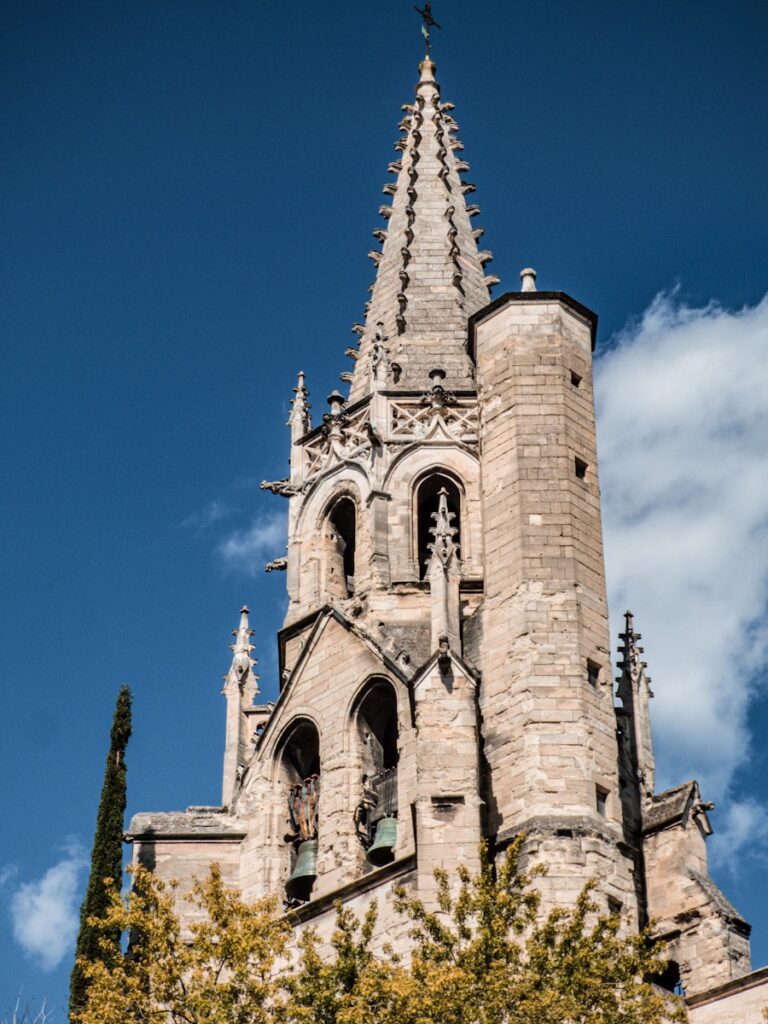Avignon
Old and New Coexist
It’s no surprise that when visiting the ancient city—a symbol of Avignon—you might feel like you’re stepping back in time to 14th century France and Europe, as described in books. There is also a story related to Vietnam here that seems to be little known.
Avignon, a city in the south of France, is divided into two distinct areas. On one side, the modern city with high-rise buildings, a bustling pace of life, a bit hurried. On one side, the ancient city of Avignon with its old houses, a life of quietude and tranquility.
This is one of the rare cities in France that still retains most of its ancient fortifications. Its historical center includes the papal palace, the surrounding religious architecture, and the very famous bridge from the song “Sur le pont d’Avignon,” which anyone who has studied French since elementary school surely remembers. All of it was classified as a “World Heritage Site” by UNESCO in 1995.
We walked along the moat surrounding the ancient city of Avignon. The stone walls, weathered by the elements, have many damaged sections.
Above the wall, one can still see the watchtowers and a narrow path once used by the guards. Below, you can see the old path where soldiers used to patrol on horseback, now overgrown with grass and wildflowers.
It seems that the walls protecting the Imperial City of Huế were also built in this architectural style. But the ancient Avignon fortress is more solid because it is made entirely of stone, while the Hue citadel is made of brick.
According to historical documents, in the 14th century, the prosperous era of Christianity, the ancient city of Avignon was the heart of this religion. Nine popes lived here from 1309 to 1423 – more than 100 years. Therefore, it is also known as the “city of the Popes.”
A city with roads, houses, schools, churches, hospitals, theaters, museums, shops, hotels, city halls, courts, barracks, armories, and ammunition depots… Even a casino.
And most of the roads here were built during the Middle Ages, from the 5th to the 15th century, so they are narrow. Usually, the roads are about two meters wide and mostly paved with stones. Such roads are only for walking, cycling, and mini-train rides for tourists; each trip around the city takes 40 minutes and costs 8 euros.
Even though it is not prohibited, perhaps no one would dare to drive a car on such narrow roads. Leaving the old town and entering the new urban area, the roads are only about six meters wide, paved, enough for two cars to pass each other in opposite directions.




